airhistory.org - Stearman NC5415
NC5415 - Stearman C-2B > C-3B C/N: 121 Pacific Alaska AW/NJ
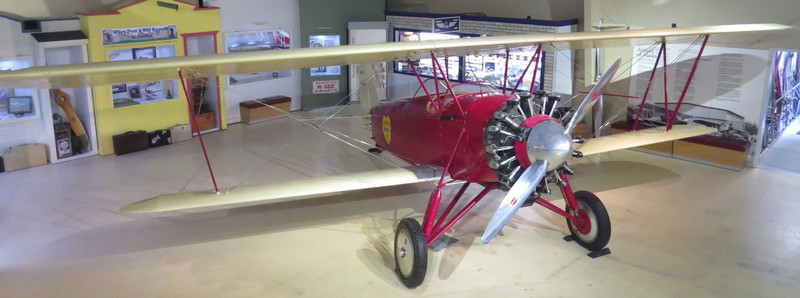
A little history of the Stearman aircraft, model C2B. The first of these aircraft came off the assembly line in Wichita, Kansas in January of 1928. Over the years this model flourished and with changes from time to time was used for many purposes. In the 1930’s and 40’s nearly 10 thousand were built and used by the military to train pilots. In that mode it was designated the PT-17 (Primary trainer). Following WWII, many were converted for use in agriculture as crop dusters which required an engine with far more horsepower.
The windshield was likely made out of Cellulose Acetate (also used for hard candy wrappers) as Plexiglas was not in production until 1936.
Stearman N5415 that you see here in Hanger 1 was built in the first year of production, 1928. It was first sold on April 13th, 1928 to Walter Varney in San Leandro, CA without an engine. The equipment that was installed included a flight indicator, a Waltham 8 day clock, a speed and drift indicator, navigation lights with battery container, wiring and equipment for landing lights and Wiley flares. Many early aircraft had 2 or 3 flares mounted inside the wing with an easily dislodged cover on the underside. If a pilot was flying at night and had an engine failure or other emergency, he or she could cause the flares to be released and illuminate the ground below the plane.
Other data about this plane includes that it has a 220 HP Wright J-5, 9 cylinder engine. There is an engine data plate on the front of the engine under the crankshaft. The edge of the data plate is visible if you look with a flashlight. With a flashlight and a flexible inspection mirror, you can read the data plate (backwards). Its upper wing span is 35 feet, and the lower 28 feet. The plane is 24 feet, 9 inches long and it has a cruising speed of 104 miles per hour.


On October 27, 1928 the first application for an Aircraft license states the aircraft had been in California until June of that year and that it now was located in Alaska. In January, 1934 a letter to the Aeronautic Branch of the Department of Commerce stated that the aircraft should be approved as a land plane and also to operate as a seaplane using Edo floats (then called pontoons). Use as a land plane includes operation on skis.
During its time in Alaska, N5415 was owned by several firms and flown by a number of individuals. These included Arctic Prospecting and Developing Company of Fairbanks (certificate signed by Walter Varney) in June of 1928, to Noel Wien of Alaska Airways in October of 1928, to Alaska Airways of Fairbanks, Merle Smith who was the owner of Cordova Airlines, and a Mr. Les Kares. In 1932 this plane was one of the first to land on Denali. The plane crashed in the Wrangell Mountains and was later restored by Mr. Kares over a 10 year period while living in Montana.
Harold Gilliam flew NC5415 while searching for the lost Wien Metalplane (around the corner) piloted by Ben Eielson and Borland.
N5415 was also flown by Joe Crosson who is regarded as perhaps the greatest pilot in Alaskan aviation history. One of his major accomplishments was a daring mission to deliver 280,000 units of diphtheria serum to the Arctic coast, saving villages from being decimated by the plague. His many extraordinary flying feats, beginning in 1926, justify his reputation as the greatest pilot in Alaskan aviation history. His biography is available for sale in our museum store.
In 1936 the Stearman was sold to “Mudhole” Smith’s Cordova Air Service, and he was flying this plane when he got his nickname.
This aircraft has a “noticeable” accident record with damage reports in March 1938, April 1938, September 1938, and July 1939. The late 1930's were tough on this Stearman. It was sold to The Alaska Aviation Museum in December of 1991.

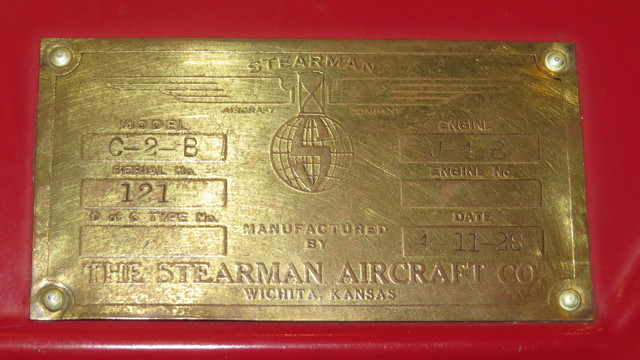
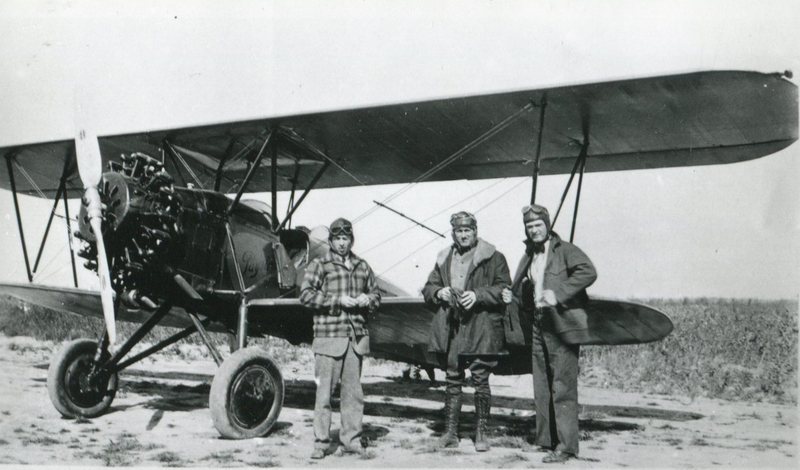
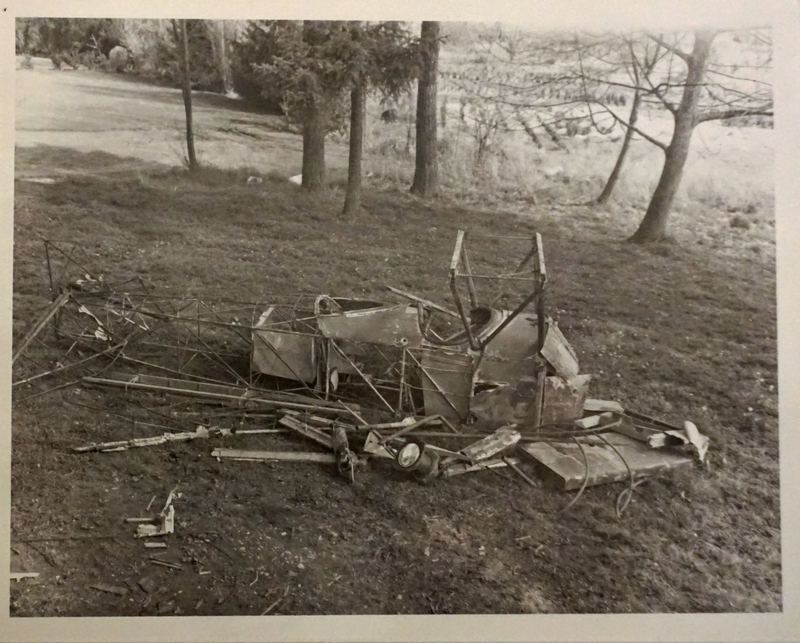


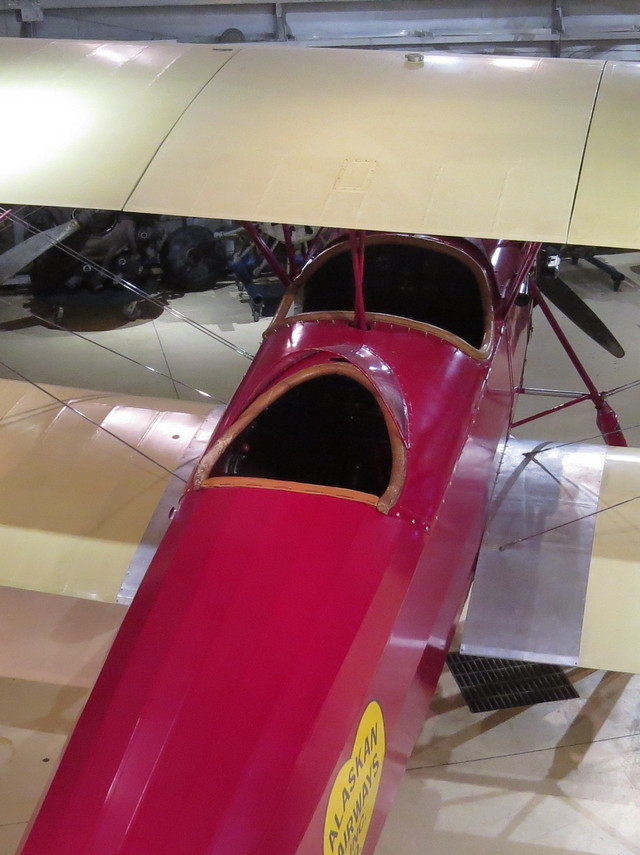

| Cylinder Head Temp | Airspeed | Compass | Altimeter | Ammeter |
| Manifold Pressure | Tachometer | Turn & Bank | Vertical Speed Indicator | Oil Temp/Pressure |

| Cylinder Head Temp | Vertical Speed Indicator | Directional Gyro / Slip Skid | Compass | Clock | Suction Gauge | |
| Manifold Pressure | Tachometer | Airspeed | Turn & Bank | Altimeter | Oil Temp/ Pressure | Mag Switch |

airhistory.org - Stearman NC5415
NC5415 - Stearman C-2B > C-3B C/N: 121 Pacific Alaska AW/NJ
edcoatescollection.com - Stearman NC5415
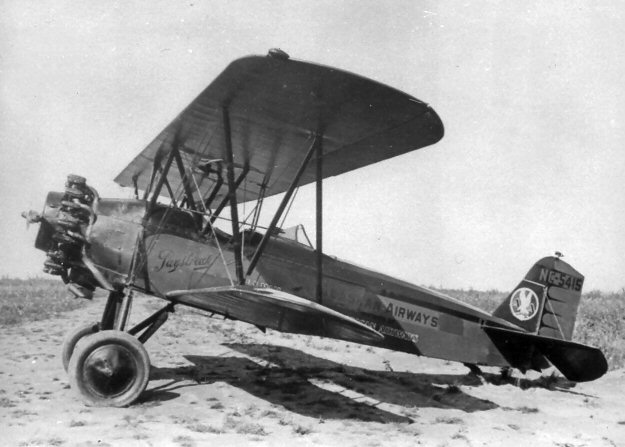
American Airlines used a fair number of Stearmans in the lower 48 states for the carriage of mail. Clearly this one was seconded to their Alaskan Airways Division. The machine carries the name "Paystreak". It was built as a C-2B and converted before this photo was taken to C-3B standard. This image is from the archives of the Museum of Transportation & Industry (via Lars Opland).


| Model: | C2B → C3B | |
|---|---|---|
| Serial Number: | 121 | |
| Bought: | 13 April 1928 | |
| Number Built: | 33 | |
| Crew: | 1 pilot | |
| Passengers: | 2 | |
| Length: | 24 ft 9 in | 7.54 m |
| Wingspan Upper: | 35 ft | 10.66 m |
| Wingspan Lower: | 28 ft | 8.53 m |
| Empty Weight: | 2,019 lb | x1,183 kg |
| Gross weight: | 2,835 lb | x1,919 kg |
| Powerplant: | Wright J-5 | |
| 220 hp | 164 kW | |
| Powerplant Ser#: | 7570 | |
| Performance | ||
| Max Speed: | x130 mph | x209 km/h |
| Cruise Speed: | 104 mph | 167 km/h |
| Range: | x550 miles | x885 km |
| Ceiling: | x16,000 ft | x4,880 m |
| Rate of climb: | x800 ft/min | x4.1 m/s |